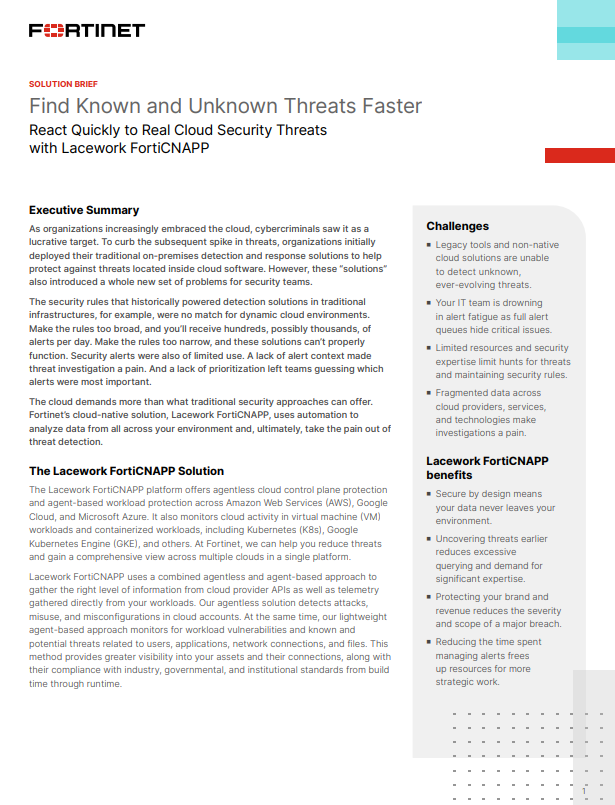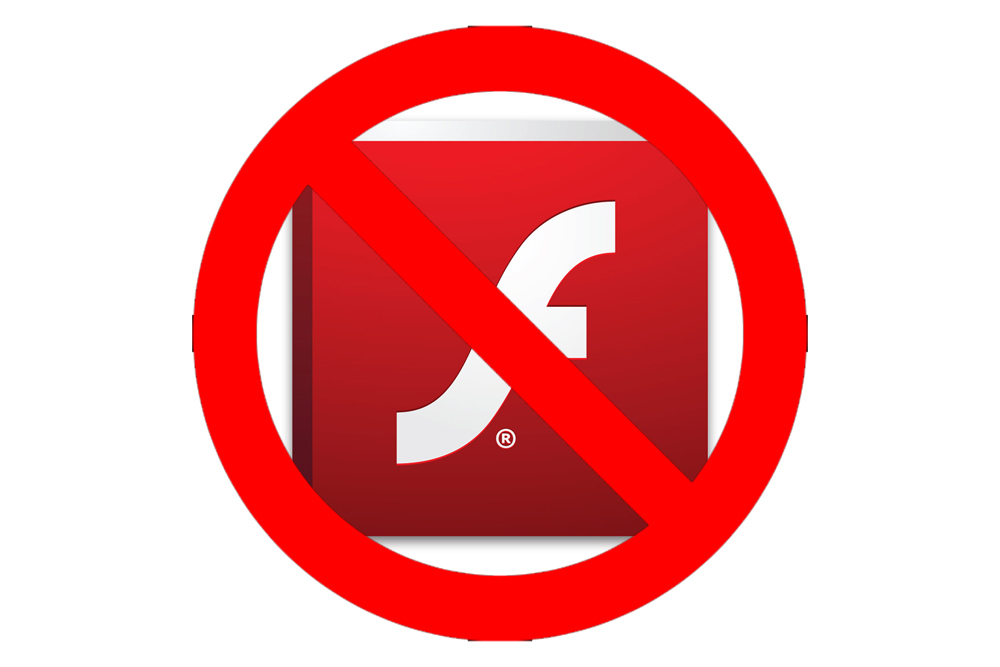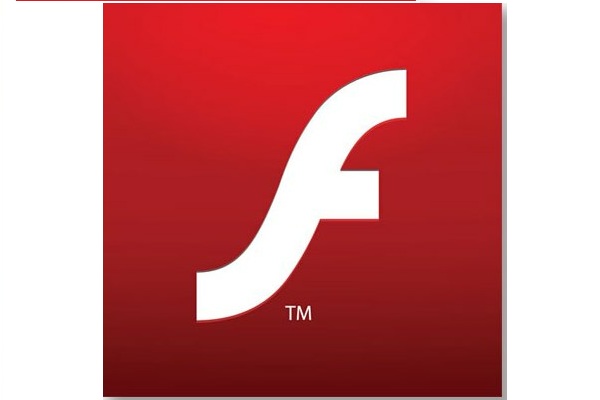HTML5 not ready for production?
The new HTML5 standard is not yet ready for production, according to the World Wide Web Consortium.

The HTML5 standard has been described as not being ready for production by the World Wide Web Consortium (W3C), the body responsible for developing it.
Ever since the new standard for browser webpage design was first formulated, it has been surrounded by hype and controversy.
Much of the excitement around HTML5 derived from expectations it would be able to to embed video playing capabilities across various browsers in the near future.
Apple's chief executive Steve Jobs was a great proponent of HTML5, allegedly because of his dislike of Adobe's Flash video browser add-in. His resistance to the Adobe software was only recently eroded when he decided to give way to customer pressure and allow for Flash to work on Apple products.
Maybe that's just as well because it appears that both Flash and the Microsoft Internet Explorer technology Silverlight will be with us for a few more years.
The W3C said that it will be two or three years before HTML5 is ready for full deployment. Philippe Le Hegaret, leader of the W3C Interaction Domain and responsible for HTML5 development, has been extensively quoted this week for admitting to video interoperability issues between browsers causing delays.
"I don't think it's ready for production yet. The real problem is: can we make it work across browsers? And, at the moment, that is not the case," said Hegaret.
Get the ITPro daily newsletter
Sign up today and you will receive a free copy of our Future Focus 2025 report - the leading guidance on AI, cybersecurity and other IT challenges as per 700+ senior executives
Remy Sharp, developer and owner of Left Logic in Brighton, has his doubts about full compatibility at any point in the future.
"How many times do we have to go over this? For the specification to be ready', it needs to be implemented fully in two browsers. I don't think this is going to happen either soon or otherwise," he wrote in his blog.
To support his doubts about cross-browser compatibility, he cited the case of the widely adopted Cascading Style Sheets (CCS) 2.1.
"This specification is not ready'. It's not implemented fully in any one browser. IE8 is missing one property and Opera (last I checked, so I could be wrong) is missing two properties. That's the closest we get," he stated.
Sharp went on to point out that HTML5 is similarly a toolkit and that some tools will never get used but others can be employed now.
"I'm asking you, the developer, to look at the technology that's available to you and choose the solution that suits your problem best. If that happens to be an HTML5 technology, or a non-HTML5 API, or even Flash, you've chosen the individual, specific technology, not a ... buzzword," he added.
-
 Neural interfaces promise to make all tech accessible – it’s not that simple
Neural interfaces promise to make all tech accessible – it’s not that simpleColumn Better consideration of ethics and practical implementation are needed if disabled people are to benefit from neural interfaces
By John Loeppky
-
 Solution Brief: Find Known and Unknown Threats Faster
Solution Brief: Find Known and Unknown Threats FasterDownload Now
By ITPro
-
 Tech giants rally to keep Mozilla's dev bible alive
Tech giants rally to keep Mozilla's dev bible aliveNews Open Web Docs injects $500,000 into the web-development handbook used by engineers across the industry
By Keumars Afifi-Sabet
-
 Meet the bonkers interface the iPhone almost used
Meet the bonkers interface the iPhone almost usedNews The original iPhone could have looked very different indeed
By Adam Shepherd
-
 Google Chrome finally axes Flash - for good
Google Chrome finally axes Flash - for goodNews Chrome to start blocking 90 per cent of Flash content by default
By Adam Shepherd
-
 Google to dump Flash in ads from June
Google to dump Flash in ads from JuneNews Security gaffe prone technology to disappear by the summer
By Rene Millman
-
 Google to automatically convert Flash web ads to HTML5
Google to automatically convert Flash web ads to HTML5News Flash adverts will soon be automatically converted to HTML5, to make mobile advert experience smoother
By Caroline Preece
-
 YouTube now uses HTML5 by default
YouTube now uses HTML5 by defaultNews Adobe Flash continues to get phased out
By Khidr Suleman
-
 Russia dismantles Steve Jobs memorial after Tim Cook comes out
Russia dismantles Steve Jobs memorial after Tim Cook comes outNews A Steve Jobs memorial has been taken down after the current CEO announced he's gay
By Clare Hopping
-
 Steve Jobs planned 'Holy War' on Google before he died
Steve Jobs planned 'Holy War' on Google before he diedNews The Apple chief sent an email detailing the plan to his top 100 executives
By Clare Hopping